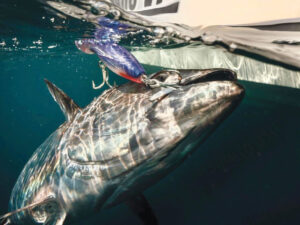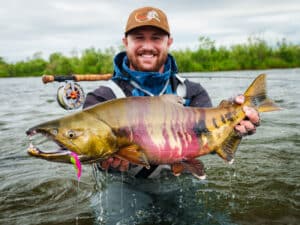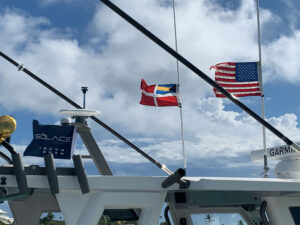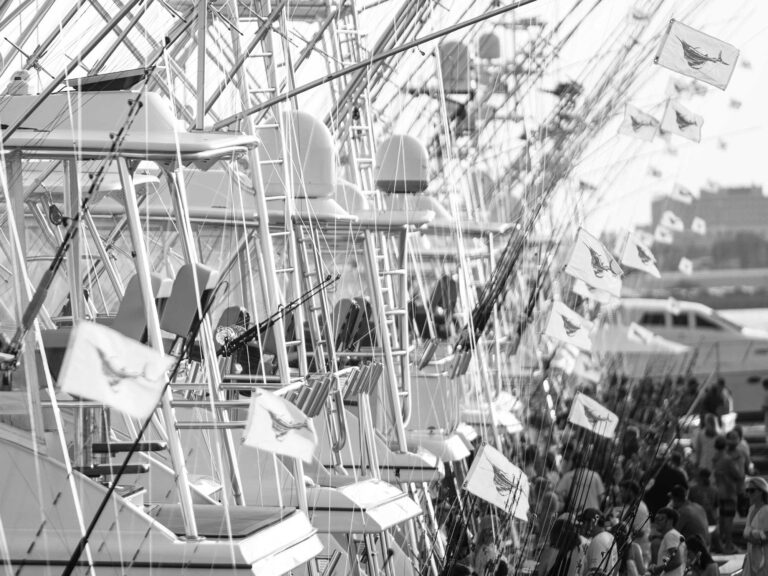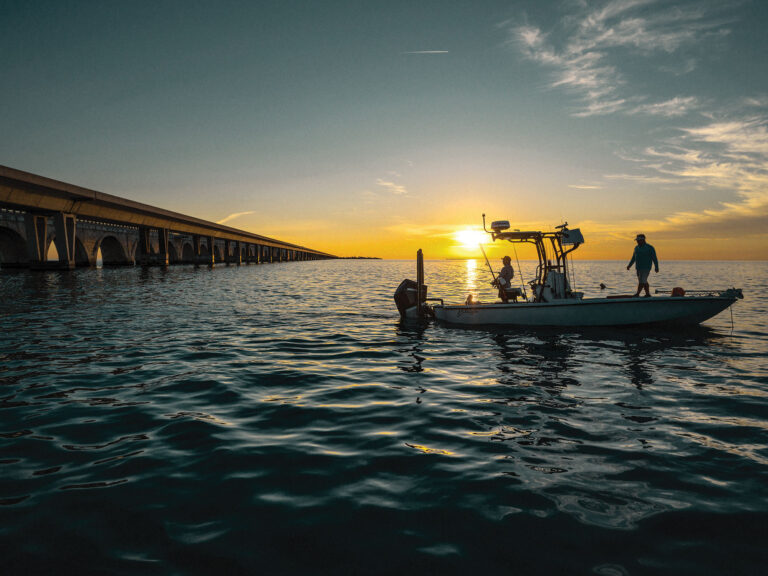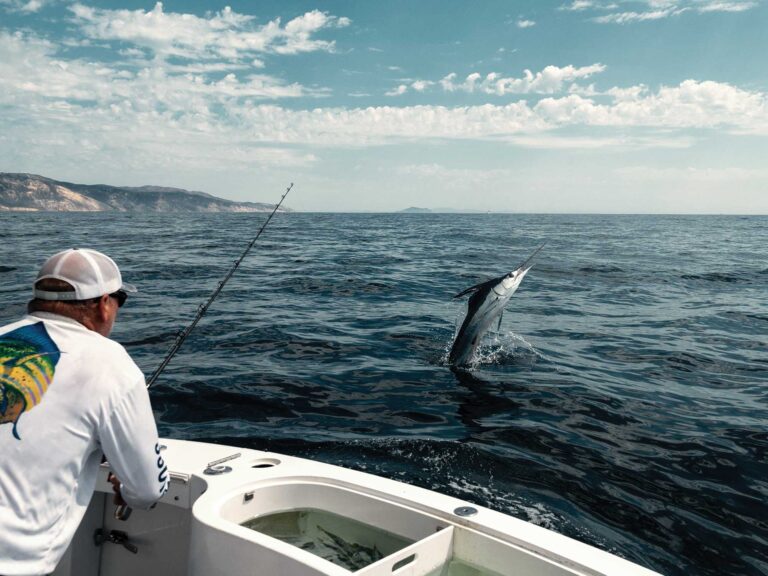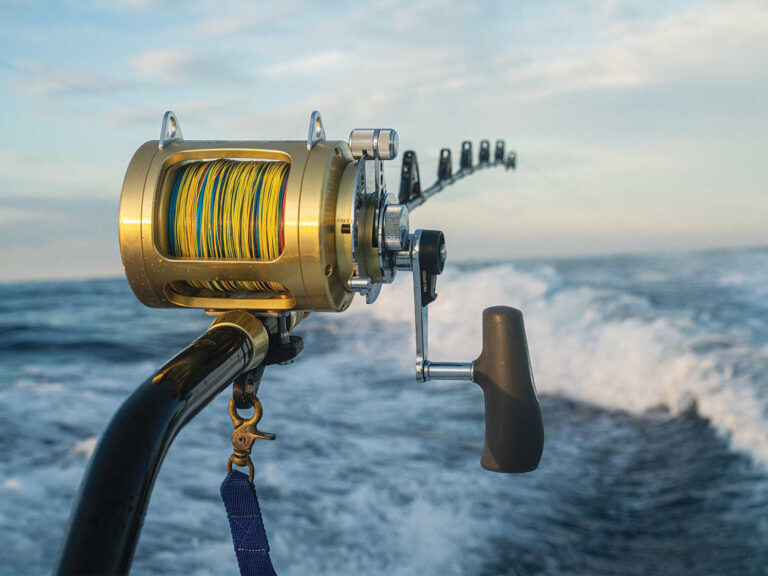The Abaco Islands stretch 130 miles from Little Abaco to the tip of Great Abaco, in the northeast part of the Bahamas. The islands are mostly flat and fringed with mangroves, pine forests, corkwood trees and coconut palms. Marsh Harbour is approximately in the middle of the Abaco chain, and situated about 175 miles east of Palm Beach and 106 miles north of Nassau. A highway connects most towns and villages on Great Abaco. A number of airlines such as American Eagle provide service to Marsh Harbour and Treasure Cay from Miami, West Palm Beach, Orlando and Fort Lauderdale.
English is the official language, and U.S. dollars exchange at a one-to-one rate with Bahamian dollars. Visitors must bring passports or original birth certificates (certified copies with raised seal also acceptable) accompanied by photo identification. Canadian and British citizens require passports. The Bahamian departure tax is $15.
Several comfortable resorts make Marsh Harbour a convenient center of operations to fish blue water to the east for wahoo and marlin, or the Marls to the west for hordes of bonefish. Good food and spirits await at restaurants and open-air bars along the harbor, as well as souvenir shops and nearby grocery stores.
The Abaco Beach Resort & Boat Harbour is perhaps the cream of the crop. In addition to six two-bedroom, two-bath ocean villas, the newly refurbished resort offers 52 air-conditioned rooms overlooking the Sea of Abaco, each with private patios, telephones and satellite TV. Boat Harbour’s 180 protected slips can handle vessels up to 150 feet, with dockside fuel, electric and water hookup, cable TV and phone service. The property offers a dive shop, boat rentals, tennis courts, boutique, two swimming pools (one with a swim-up bar), and Angler’s Restaurant is a special treat: fabulous cuisine presented by new executive chef Dietmar Uiberreiter of Austria. For more information about Abaco Beach Resort & Boat Harbour, call 800-468-4799.
As in most places in the Bahamas, don’t expect a tackle shop if you run out of supplies or discover that your guide’s equipment is inferior. Take along everything you might need.
The three guides I fished with in the Marls did an excellent job, and their boats were well-equipped:
Jay Sawyer, 242-367-3941
Terrance Davis, 242-367-2209
Chris Pinder, 242-367-2234
From them I gleaned the following tips for fishing this region:
* Any reliable No. 7 or 8 fly rod and reel will handle even the biggest bone you might encounter, and going lighter increases the sporting challenge even more. Keep the leaders to 8 or 9 feet with 6-pound tippets. Patterns should include Crazy Charlies and Clousers in whites, tans and greens, plus a variety of bonefish flies.
* Always check out the shallowest portions of a flat, because that’s where bonefish prefer to stay in most conditions.
* There’s very little tidal movement in the Marls, so an east wind pushes water out and a west wind pushes it in; the stronger the wind, the higher or lower the tide.
* The bigger bonefish lead the schools, so cast far ahead of the school.
* Bones take on the color of their surroundings as do crabs and shrimp, so first try a dark fly in grass and a light-colored one on sand.
* Don’t move your feet in the boat when a fish is sighted! Bonefish spook from even the slightest sounds, so it’s better to cast from an awkward position than to shift your feet.
Visiting the Marls in winter months means taking a big weather chance – our windy, rainy November trip a not-so-shining example – so consider going in spring through early fall to increase the odds of better sight-casting conditions.
For more information, contact the Bahamas Tourist Office at 800-422-4262 or the Bahamas Out Islands Promotion Board at 800-688-4752.

